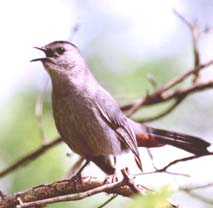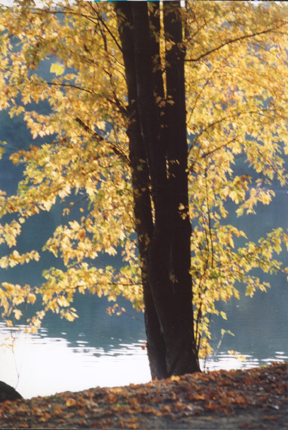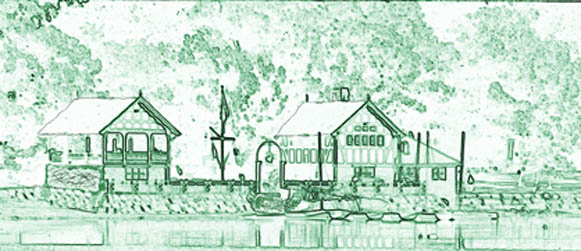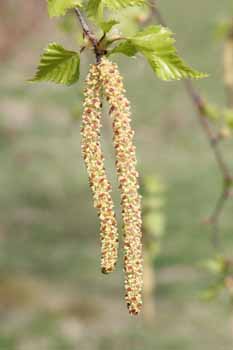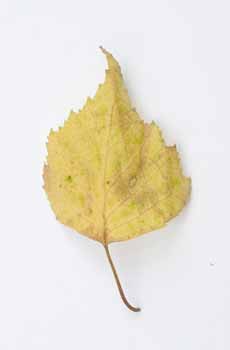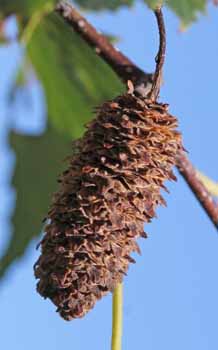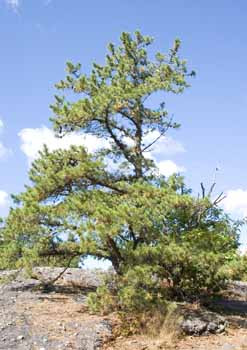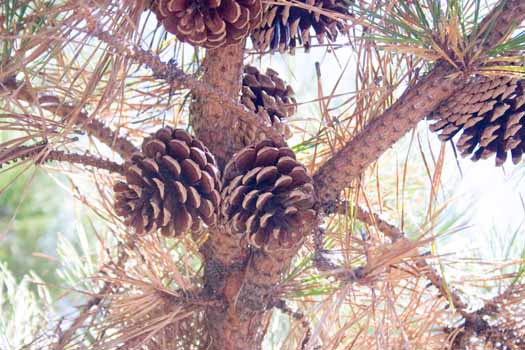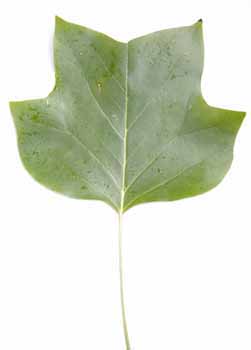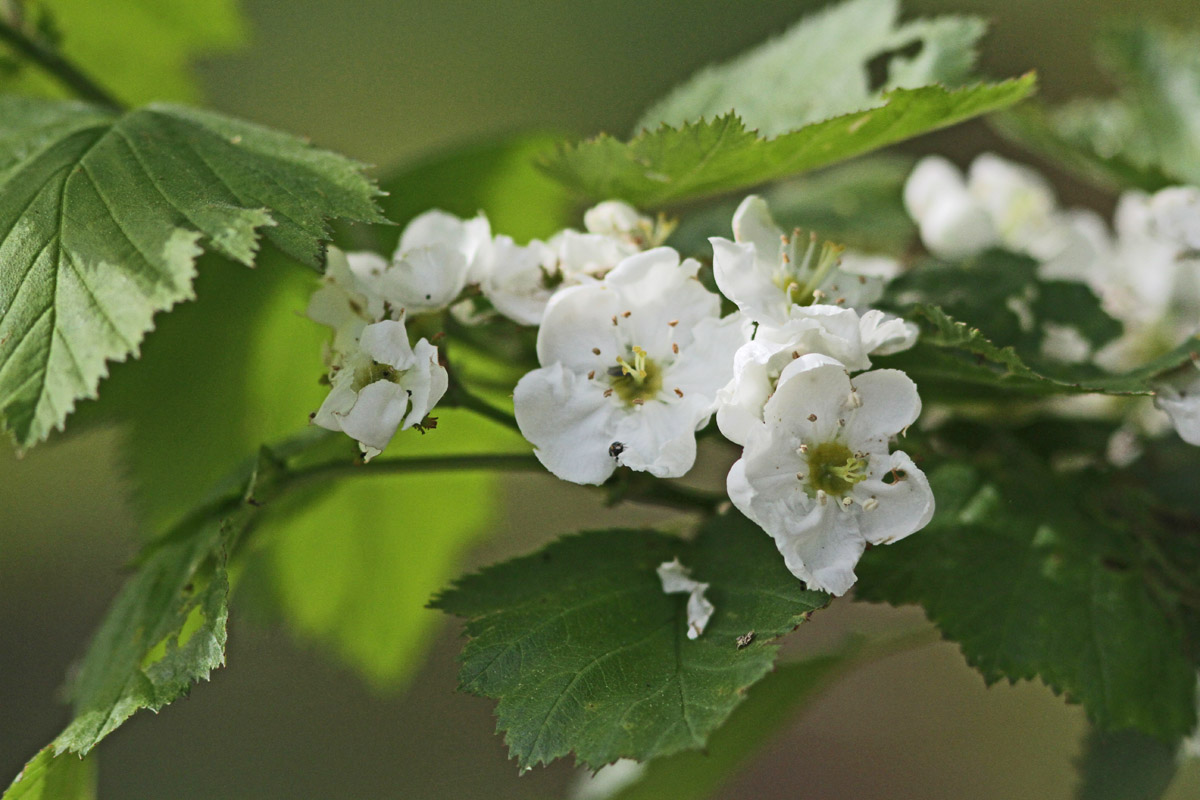Nature's
Class Room:
Environmental
Education
Projects
Jamaica
Pond's Albino Gray Squirrel

Eastern Chipmunk

Cottontail Rabbits

Great
Horned Owls
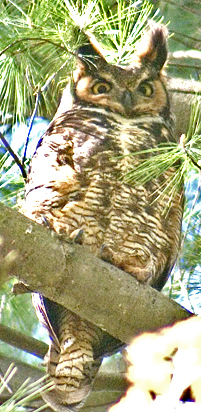
Red
Tailed Hawks

Butterflies
and Dragonflies

Emerald
Necklace
Wildflowers

Pink
Lady's Slipper
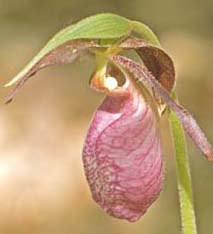
Great
Blue Herons

Emerald
Necklace Fungi (Coming Soon)

|
Boston's
Emerald Necklace Jamaica
Pond
Trees
Oaks: These trees are found in large
numbers in the parks. The three most common species are:
- Red Oak - Size: Fast growing 10-20 feet
in first 10 years up to 90 feet and up to 500 years old. Alternate, 7-9
sharply lobed 5-10 inch leaves that turn dark auburn red in the fall.
Acorns develop single or in pairs. Bark: Gray with dark ridges.
- White Oak - Size: Mauture trees 65-85
feet and up to 300 years old. Alternate, 5-7 sharp lobed 3-6 inch
leaves that turn dark red in the fall. Leaves often stay attached till
spring. Acorns can be directly attached to base or on stalk.
Bark: Gray with shallow ridges that can peel.
- Pin Oak - Size: Mature trees 60-75
feet and up to 120 years old. Alternate, 7-9 round lobed 5-9 inch
leaves with very deep sinuses cuts that turn bronze brown in the fall.
Leaves often stay attached till spring. Small shallow acorns.

Pin Oak, Red Oak, White Oak
Maples: Important part of hardwood
deciduous forests. Provide timber, maple sugar and oxygen to
breath!
- Red Maple - Opposite 3.5 inch leaves, 3-5
lobes, turn red and dark orange in fall. Seed keys 1 inch redish
wings.
- Sugar Maple - Opposite 5 inch leaves,
deep long lobes that turn yellow and orange in fall. Seed keys
1.25 inch wings.
- Silver Maple - Opposite 5 inch leaves,
deep long 5 lobes that are “silvery” below and turn pale yellow in
fall. Seed keys 2 inches with 90 degree angle wings.
- Norway Maple - Considered an invasive
species. Opposite 5 inch leaves, deep long 5-7 lobes that turn yellow.
Seed keys 1.25 inch wings.
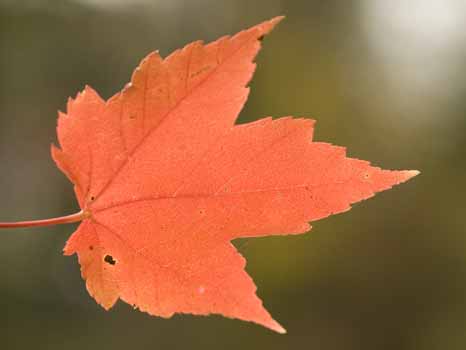  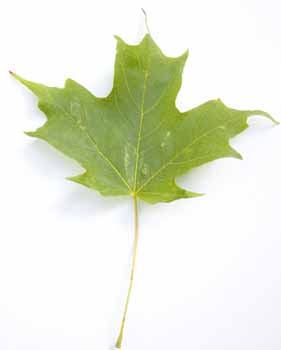
Red Maple, Silver Maple, Sugar Maple
Birches: Pioneer trees for new
forest and used to control erosion.
- Black
Birch - Sweet birch (Betula lenta) - Source of oil of
wintergreen. Look for them on the western side of Jamaic Pond.
- River Birch - Found at edges of rivers
and ponds with multiple trunks. Alternate ovate 2-3 inch leaves turn
amber yellow. Seeds are disbursed in the spring. Bark brown-yellow that
peel with age. The eastern side of the pond is a grand prominade of
River Birch trees.
- Paper Birch - “White Birch” - Alternate
ovate leaves turn yellow in fall. Seed brown cones hanging
cylindricals. Bark is white with thin lines that peel with age.
- Yellow Birch - Alternate ovate 2-3 inch
leaves with serrated edges which turn yellow. Bark amber-yellow that
peel with age. Scent of wintergreen oil from pealed bark and broken
twigs.
Conifers: Ever Greens
- Eastern
White Pine - White pines were used as ship masts, including on Old
Ironsides. The seizure of the tall old growth white pines by the
British was one of the colonialists’ complaints that lead up to the
revolution. Size: Up to180 feet, some are dated 250-500 years old.
Needles: 2.5 to 5 inches long, five blue-green needles per fascicle.
Cones: 4 to 8 inches long remain attached for several months after
ripening in the fall. Bark: green-brown smooth and thin on young trees;
gray and fissured on old trees.
- Red
Pine - Size: 65-115 feet straight growth, ages up to 500 years.
Usually no limbs for much of bottom half of trunk. Needles: 4.5 to 7
inches long, two blue-green needles per fascicle. Cones: 1.5-2.5
symetrical blue-brown with out prickles. Bark: gray at bottom, flaked
and red from middle to top.
- Pitch
Pine - Size: short and poorly formed on poor and coastal sandy sites,
straight and 80 feet tall on better sites. Needles: 2.5 to 5
inches long, three twisted yellow-green needles per fascicle. Cones:
brown ovoid, 2-4 inches long; armed with a short, stout prickle;
persistent for many years; maturing in fall and open after a
fire. Bark: Dark and scaly when young, developing red-brown or
yellow-brown thick flat plates.
- Eastern
Red Cedar - a native juniper that is a bush in poor soil. Size: 15-85
feet, ages up to 800 years. Juniper opposite paired leaves.
Cones: .12-.28 inch purple-blue berry like cones with white wax
covering. Bark: reddish-brown, peels off in strips.
- Eastern
Hemlock - Native slow growing conifer. The Asian Hemlock
woolly adelgid is killing the Eastern Hemlocks in the Emerald
Necklace and around the country. Size: up to 100 feet and ages up
to 550 years old. Leaves: series of short flat needles .6-.9 inches on
stems, green on top. Cones: small .5 to 1 inch brown ovoids.

White Pine, Pitch Pine, Eastern Hemlock
Others:
- Yellow
Poplar - “American Tulip” We have both new and full grown trees at
Jamaica Pond. They grow fast and can reach 190 feet. Named after
the green and yellow tulip like flower. Visit the Parkman Memorial in
the spring for a spectacular view of several trees in full bloom.
Leaves: alternate four lobes 5-6 inches frog feet shaped turning bright
yellow in fall. Narrow brown cone with seeds that peel off.
- American
Sycamore - Platanus occidentalis, also known as
American planetree, occidental plane, and buttonwood.
Two grand 200 year old trees are growing in the Pinabank area of the
park. See the historical markers for pictures when they were
planted as ornimental trees for the estate. Size: Grows up to100
feet high and trunk up to 10 feet wide. Species have been
recorded over 400 years old! Alternate, maple type lobe leaves
turn yellow. Seeds are a spherical pod. Bark green
yellow wih peeling patches. Often infected by anthracnose fungus
that defoliates the spring leaves. The trees regrow the leaves in
early summer.
o https://plants.usda.gov/core/profile?symbol=PLOC
o http://www.efloras.org/florataxon.aspx?flora_id=1&taxon_id=200010589
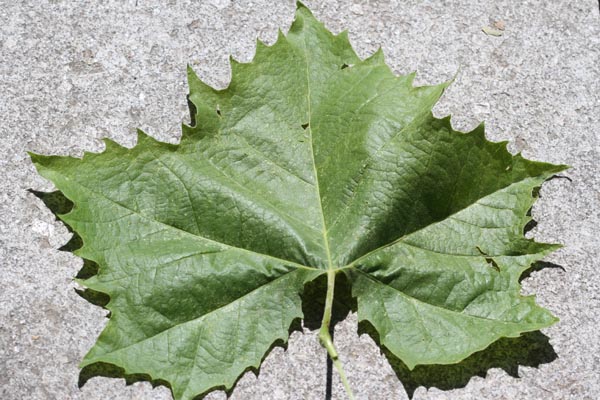 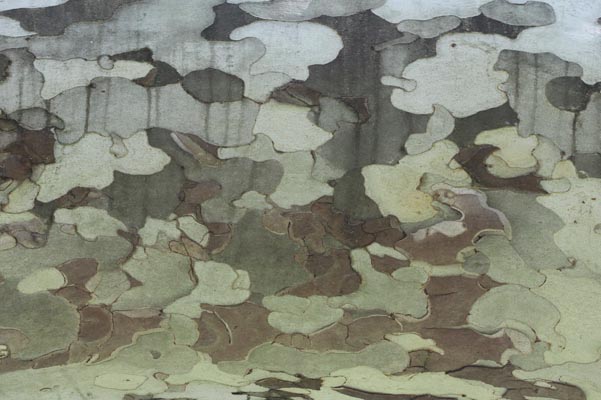 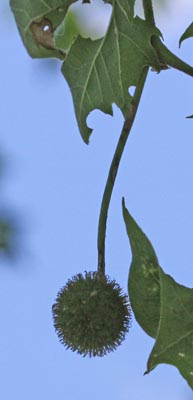 Leaf, Bark, Seed (Click on images for larger versions)
Leaf, Bark, Seed (Click on images for larger versions)
- European
Beech - Beech trees can be found at the Pinebanks and western shore
areas of Jamaica Pond. They often grow in grove stands, which is
beginning to happen on the western shore. Size: 80-115 feet, from
150-200 years old. Leaves: alternate, 3-5 inches long, turn amber
yellow. Seeds: small cupules with 2 nuts. Bark: smooth
gray. Young trees often do not lose leaves till spring.
- European Hornbean - Carpinus betulus -
- Ailanthus
- “Tree of Heaven” Considered an invasive species. Fast growing
Asian tree. Size 56-90 feet. Age: up to 50 years. Leaves;
paired in rows 1-3 feet. Stems brittle and break with odor. Bark:
smooth gray.
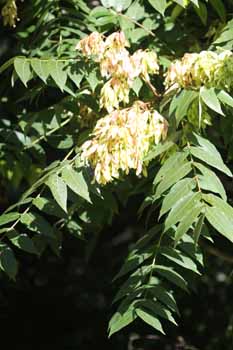 

NOTE: 8 x
10 matted and framed photographs are
available for
$100 membership donations or 11 x 17 matted and framed
photographs are available for $500 membership donations to Friends of
Jamaica Pond.
Contact Stephen Baird at info@communityartsadvocates.org
|

